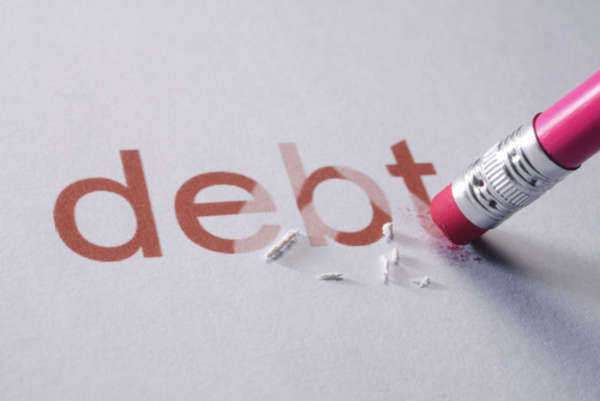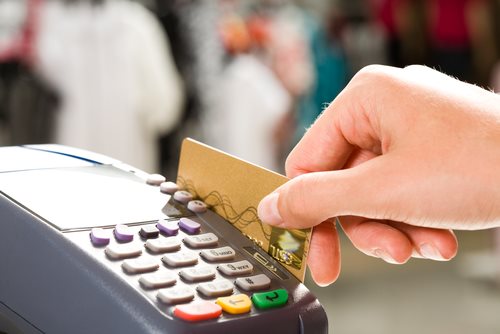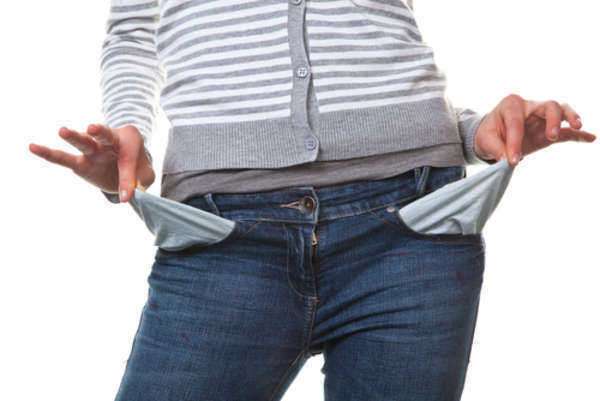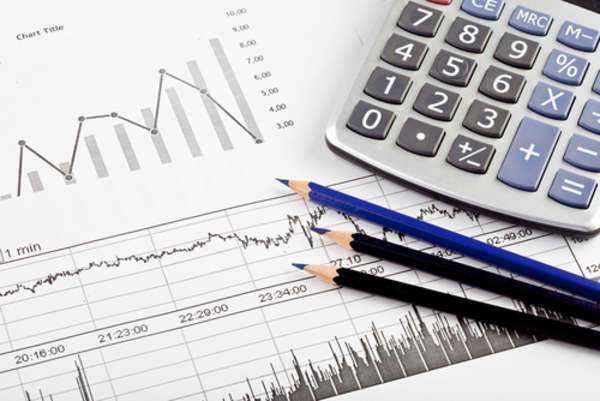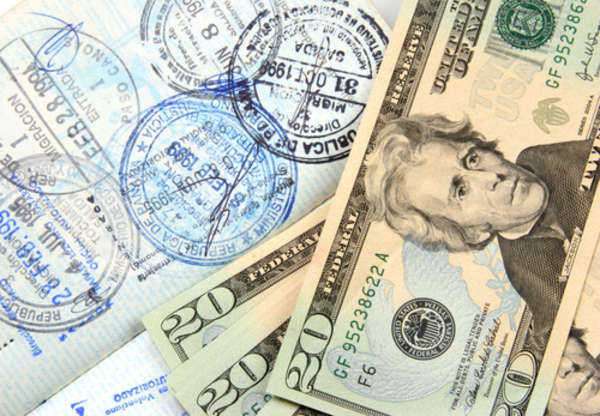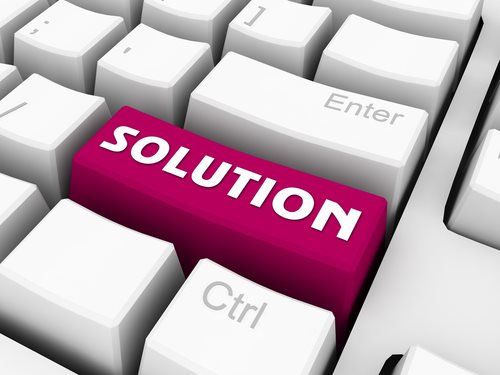How to Use a Debt Calculator

Debt Calculators: Need to Know
Debt collection is an important aspect of financial management in today’s world. It is the practice of demanding payments from individuals or businesses that are in default of their debts. The debt collection industry provides a vital role in ensuring that creditors receive the payments they deserve and helps to maintain the financial health of the economy.
Debt collectors are professionals trained in the art of collecting payments. It is an industry that is worth billions of dollars per year, and it is critical that businesses, governments, and individuals understand how it works.
This article will explore the world of debt collectors in great detail. It will examine what the job entails, the different types of debt collectors and their methods, the laws and regulations governing their actions, and the impact on individuals and businesses.
Chapter 1: The different types of Debt Collectors
The debt collection industry is vast and varied. There are different types of debt collectors depending on the nature of the debt and the individuals or businesses that owe them.
1.1 Commercial Debt Collectors
Commercial debt collectors specialize in collecting unpaid debts from businesses. They usually communicate directly with the debtor’s company’s financial department and use a variety of methods, including phone calls, letters, and emails, to request payment.
Commercial debt collectors work with various types of businesses, including vendors, suppliers, and service providers, and their primary goal is to ensure that the debts are paid promptly. They also use their expertise to help businesses manage their outstanding debts and prevent them from accumulating debt in the future.
1.2 Consumer Debt Collectors
Consumer debt collectors specialize in collecting unpaid debts from individuals. They typically work for collection agencies hired by creditors to collect outstanding debts. Consumer debt collectors communicate with debtors over the phone, through letters, or emails to request payments.
They work on behalf of creditors to collect debts resulting from unpaid credit card balances, medical bills, student loans, or any other outstanding debts. Consumer debt collectors have a more complicated job than commercial debt collectors since individuals are more difficult to contact or persuade.
1.3 Government Debt Collectors
Government debt collectors are responsible for collecting unpaid debts on behalf of government agencies. These agencies can include federal agencies such as the Internal Revenue Service and the Department of Education, state or local agencies such as the Department of Motor Vehicles and state income tax boards.
Government debt collectors use various methods to collect unpaid debts, including wage garnishment, tax levies, and liens. However, they are required to follow specific legal processes and procedures when collecting debts from individuals.
Chapter 2: Methods Used by Debt Collectors
Debt collectors use different methods and strategies to collect debts, with varying levels of aggression. Some of the common methods used by debt collectors include:
2.1 Phone Calls
Phone calls are the most common method used by debt collectors. They may use an automatic dialing system that can call several numbers at once and connect with the first person who answers.
When they reach the debtor, they will use different communication strategies to convince them to pay. These strategies can include using a friendly tone, asking questions, and offering payment plans that are based on the debtor’s income.
2.2 Letters and Emails
Debt collectors also use letters and emails as a way of requesting payment. These methods provide a clear and concise message that can be retained by the debtor.
Letters and emails can also be used to provide evidence of the debt and inform the debtor of their options. These methods can also be courteous or aggressive, depending on the debt collector’s strategy.
2.3 Legal Action
If phone calls, letters, and emails fail to yield results, a debt collector may escalate the matter by filing a lawsuit against the debtor. The legal process can be time-consuming and costly, which can be a disadvantage for both the creditor and the debtor.
Debt collectors may use the legal system to their advantage by filing a ‘motion for summary judgment.’ If successful, it means that the court rules in favor of the debt collector without going through a lengthy court process.
Chapter 3: Laws and Regulations Governing Debt Collectors
The United States government has enacted laws and regulations governing the actions of debt collectors. Some of these laws include:
3.1 Fair Debt Collection Practices Act
The Fair Debt Collection Practices Act (FDCPA) is a federal law that aims to protect consumers from unfair or illegal debt collection practices. It sets guidelines for how debt collectors should behave when attempting to collect an unpaid debt.
Some of the practices that debt collectors are prohibited from engaging in include using threatening or abusive language, calling before 8 AM or after 9 PM, and making calls to workplaces if they are aware that it is against the employer’s policy.
3.2 Consumer Financial Protection Bureau
The Consumer Financial Protection Bureau (CFPB) ensures that consumers are provided with the necessary information they need to make wise financial decisions.
The CFPB also has jurisdiction over debt collectors and provides consumers with a method of filing complaints against debt collectors who violate the FDCPA guidelines.
Chapter 4: Impact of Debt Collectors on Individuals and Businesses
The actions of debt collectors can have a significant impact on the individuals and businesses they deal with. Some of these impacts include:
4.1 Emotional Stress
Having a debt collector reach out to you can have significant emotional consequences. The pressure and constant communication can cause high-stress levels, anxiety, and even depression.
Debt collectors can also use abusive language and threats to pressure individuals into paying, causing even more stress. It is advisable to find a way to manage these feelings without endangering one’s health.
4.2 Damage to credit score
The non-payment of debts can have a significant effect on one’s credit score. Late payment or default on debts can affect a person’s ability to secure credit and loans in the future.
Moreover, if a debt collector takes legal action against an individual, they may be required to pay additional legal fees, further damaging their credit score.
4.3 Business impact
Outstanding debts can have a severe impact on businesses. They can affect the cash flow, and if not managed, can lead to bankruptcy. Calls from debt collectors can also damage a company’s reputation, making it difficult to secure new client relationships or attract investors.
Conclusion
Debt collectors play a crucial role in the financial management of individuals and businesses. It is essential to understand the different types of debt collectors, their methods, and the laws and regulations governing their conduct.
It is also critical for individuals and businesses to manage their debts proactively to avoid the consequences of unpaid debts. Utilizing payment plans and other debt reduction strategies can help to maintain a healthy financial standing and prevent the involvement of debt collectors.
What is a Debt Calculator?
A debt calculator is a financial instrument utilized to formulate, itemize, and estimate the nature of outstanding debt belonging to an individual debtor; a debt calculator can also be used in order to classify any nature of outstanding and unfurnished repayment required of an individual debtor.
However, within the realm of finances and debt, there exist a variety of terms and conditions latent within the estimation and analysis of the nature of respective scheduled repayments, as well as specific circumstances inherent to both the accumulation and incurring of the vast expanse of debts.
In the event than an individual debtor wishes to acclimate themselves with their outstanding debt, they may access a debt calculator – and through which – they may enter the respective details of the debt in question with regard to the specificity of the debt in question.
How to Use a Debt Calculator
A Debt Calculator may be programmed to assume that outstanding debt valuation and associated rates of repayment conform to terms assumed to be both standard and uniform – however, a Debt Calculator is not intended for use in the event that extenuating and contingent circumstances exist; furthermore, a debt calculator is not considered to retain any nature of legal or admissible estimation and processing:
Upon using a Debt Calculator, the user will be prompted to input information in response to a series of questions regarding the details of a specific debt; oftentimes, the answer will be required to be entered within the region of an empty field; while the user is never required to divulge any information which they do not wish to share, more detailed information inputted may render more detailed results
A Debt Calculator can allow for an individual to receive an approximation of associated interest rates and payments expected; however, a Debt Calculator is not to be considered as a representation of legal statutes, nor are the findings expressed considered to be legally viable
Upon receipt of the results, users are encouraged to remain aware that the amount rendered by a Debt Calculator may not only differ from the amount estimated by alternate Debt Calculator, but from the terms expressed directly from the financial institution in ownership of any and all loans associated with an individual debtor
The Validity of the Findings Expressed by a Debt Calculator
Applicants for prospective debt management plans and programs are encouraged to remain cognizant that a Debt Calculator is intended for the strict provision of educational and informational purposes; a Debt Calculator may not – or cannot – factor specific exceptions existing in conjunction to individual outstanding or defaulted debts:
Information utilized in order to allow a Debt Calculator to render expected payments should be inputted in the most accurate and authentic fashion; mistakes and oversights may result in inaccurate reporting
The results set forth by a Debt Calculator will typically differ on a case-by-case basis, which results from any and all applicable, jurisdictional legislation with regard to the establishment of debt management and financial statutes.

